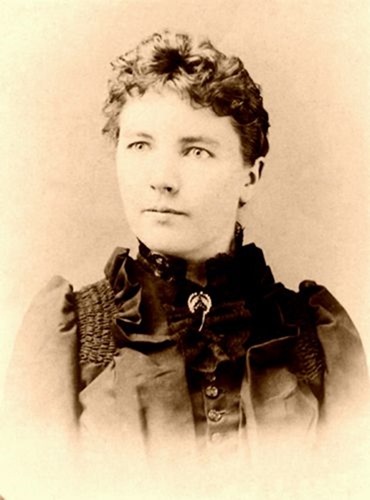Characters—the life blood of any given novel. Rarely do I come across any sort of written work without an interesting cast backing it up that keeps my attention. But what sets each cast apart from one another? Nurture. As funny as it may sound, E.L. Doctorow is quoted to have claimed that, ‘Writing is a socially acceptable form of Schizophrenia,’ and, to be honest, he couldn’t be any more correct.
Good authors bring their characters to life in every aspect—not only to their readers, but to themselves as well. I’ve told you before of times when I’ve found myself reminded of my own characters during my daily life—but how does this help me tell my story? What sets my ‘imaginary friends’ apart?
Wholesome characters start with a little bit of self-confidence on your part. A good writer will draw the energy and personality of his or her characters from their own imagination, which can be difficult, since by nature we tend to begin associating our characters with close friends, parents, significant others, and other various personalities that we encounter daily.
Though it seems harmless, this behavior in a writer can be terribly devastating to a character’s make-up if not treated correctly. As an author, you must learn to trust your own mind to mold your characters into exactly what you need for your plot. Many authors who base their cast on human beings that they encounter frequently find themselves molding the story around the character, instead of the other way around! Trust your talent—your best friend’s story is already in progress! If you’re going to have a closely knit cast of characters to call your own, they need to be grown from the seeds of your very own mind, heart, and soul.
This isn’t to say that experienced authors are incapable of basing characters off of real people effectively—I’ve seen it done many times in a beautiful fashion. Think of my words as merely a warning to look, listen, and watch as your characters develop. If their faces or actions begin to mold into something all too familiar, be sure to put them in their place, and don’t let them change your story. They are to be molded into the story, not the other way around.
On the other hand, there is one sure-fire way to satisfy your craving for real flesh-and-bone characters if you’re biting at the bit to really see, feel, and touch them. Any sort of traveling on your part can be a wonderful opportunity to meet people with appealing personalities that could easily make their way into your cast. What makes them different? Distance. Distance between an author and the physical person portraying a character means that the personality slate is basically clean.
For example, though the character will portray ‘John Robertson,’ the devilishly handsome and slightly snooty horseback riding instructor you encountered on your trip to Colorado, one thing is for certain: you will not be hanging around Mr. Robertson much in the coming future. Though your character may be the spitting imagine of his physical appearance and initial personality, John’s developing life will not be there for you to bounce your character off of—that will all come from your own talents as a skilled creator of characters.
As our school year draws closer to its end, I challenge you to develop your own minor case of Schizophrenia! Even if you don’t have a novel or other work of literature in progress, a healthy bunch of imaginary friends can always come in handy when planning any sort of adventure, day dreaming in class, or of course, writing to yourself. Care for them, develop them, and learn to love them—flaws and all! You never know when they just might decide to take over as the protagonist for your first bestseller.








